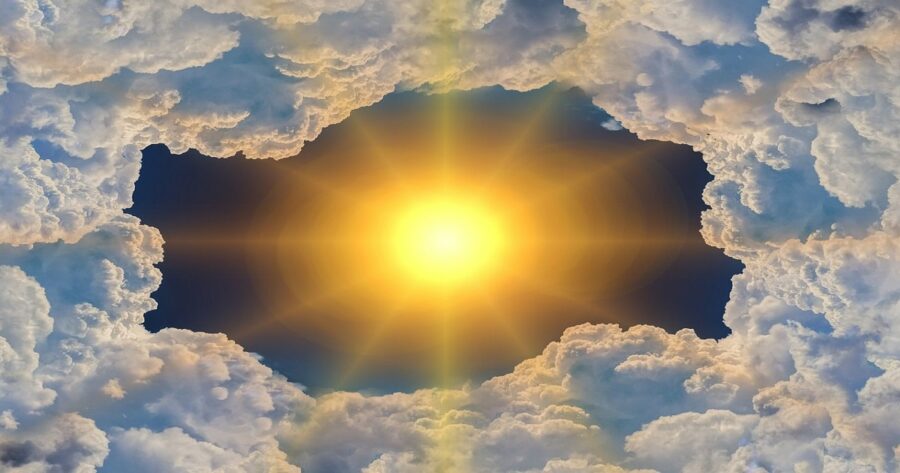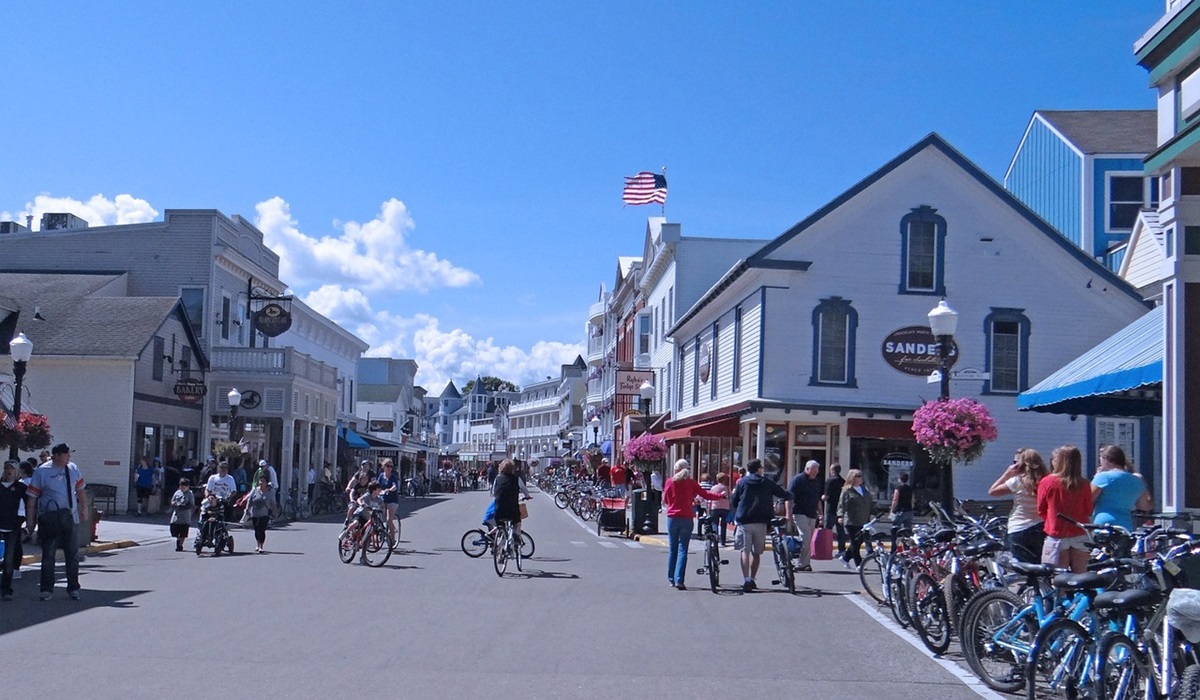How Is The Hole In The Ozone Layer Slowly Repairing Itself?
- TDS News
- Climate Change
- Trending
- January 11, 2023

The ozone layer is a region of the Earth’s stratosphere containing high ozone concentration (O3) molecules. These molecules absorb a significant amount of the sun’s ultraviolet (UV) radiation, which helps to protect life on Earth from the harmful effects of UV rays, such as skin cancer and cataracts in humans, and damage to plants and other organisms.
In the 1970s and 1980s, scientists discovered that the ozone layer was thinning, particularly over Antarctica, as a result of the release of certain industrial chemicals, known as ozone-depleting substances (ODS), into the atmosphere. The most significant of these ODS is chlorofluorocarbons (CFCs), which were used in a variety of applications, including refrigeration, air conditioning, and as a propellant in aerosol spray cans.
Following this discovery, the international community took swift action to address the problem. In 1987, the Montreal Protocol was ratified, which called for the phased-out of the production and consumption of CFCs and other ozone-depleting chemicals. As a result of this agreement, the levels of these chemicals in the atmosphere have begun to decline, and the ozone layer is slowly repairing itself.
The healing process of the ozone layer is ongoing and varies depending on the region. The Antarctic ozone hole, which is the most well-known example of ozone depletion, is showing signs of recovery. In September 2020, it was reported that the hole had reached its smallest size since 1982. This is largely due to the decreased levels of ozone-depleting substances in the atmosphere as a result of the Montreal Protocol.
Over the Arctic, the Ozone depletion is not as severe as it is at the poles but still has seen a lot of damage in the past. The recovery of the ozone layer is also ongoing here, though it is projected to take a longer time to fully recover. The overall trend in the Northern Hemisphere is toward increasing ozone concentrations.
It is important to note that while the ozone layer is repairing itself, it is not yet back to its pre-depletion levels, and there are still concerns about the impacts of climate change on the ozone layer. Warming temperatures in the upper atmosphere can slow down the ozone recovery process by altering the circulation patterns that transport ozone-rich air to the polar regions.
While this is good news, it is important to continue monitoring the ozone layer and take action to protect it, as well as to address the other human activities that are contributing to climate change.








